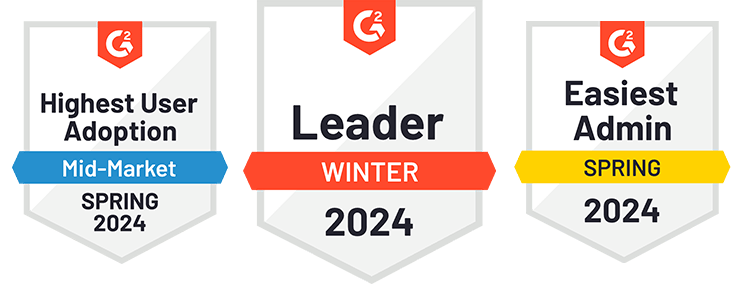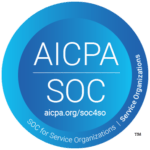What is Employee Management?
Effective employee management involves various tasks and duties that can be classified into five categories: selection, monitoring, interaction, rewards, and discipline. The effort to help employees perform their best work each day to achieve the organization’s larger goals is called employee management.
The proper selection of candidates for open positions is crucial to keep teams and departments running smoothly. Measuring and evaluating employee performance falls under the monitoring category. Interaction pertains to the exchanges between managers and reports, as well as among peers, to provide feedback and communicate expectations.
Offering praise, recognition, monetary prizes, and other incentives for high performance is part of the rewards category. Lastly, discipline encompasses taking corrective measures to address low performance, correct mistakes, and enforce company policies.
Effective management hinges on individual managers’ ability to motivate, communicate, and build their team’s trust. Providing equal benefits, ensuring a comfortable work environment, and offering job security help companies show they care for employees.
What are some employee management guidelines?
To develop an effective employee management strategy, here are six guidelines:
- Hire the right people
- Provide your employees with the necessary resources, both human and technical
- Clearly define your values, goals, expectations, and policies
- Implement open channels of communication
- Provide regular feedback
- Invest in the professional growth of your employees
However, managing employees with bad attitudes can be challenging. Encouraging an attitude adjustment should be a top priority to avoid negatively affecting surrounding coworkers. Follow this employee management process when dealing with bad employee attitude:
- Meet one-on-one with the employee to discuss their behavior
- Describe the problems the attitude is causing and its impact on coworkers and productivity
- Listen to the employee’s perspective
- Create an action plan to overcome the negative attitude, establish clear expectations, and monitor progress
- Implement rewards and recognize improvements
A seamless HR management process can also aid effective employee management. Streamlining sensitive people data in one secure HR database creates a more organized employee management system. By following the abovementioned guidelines, companies can manage their employees effectively and build trusting, healthy work environments.

